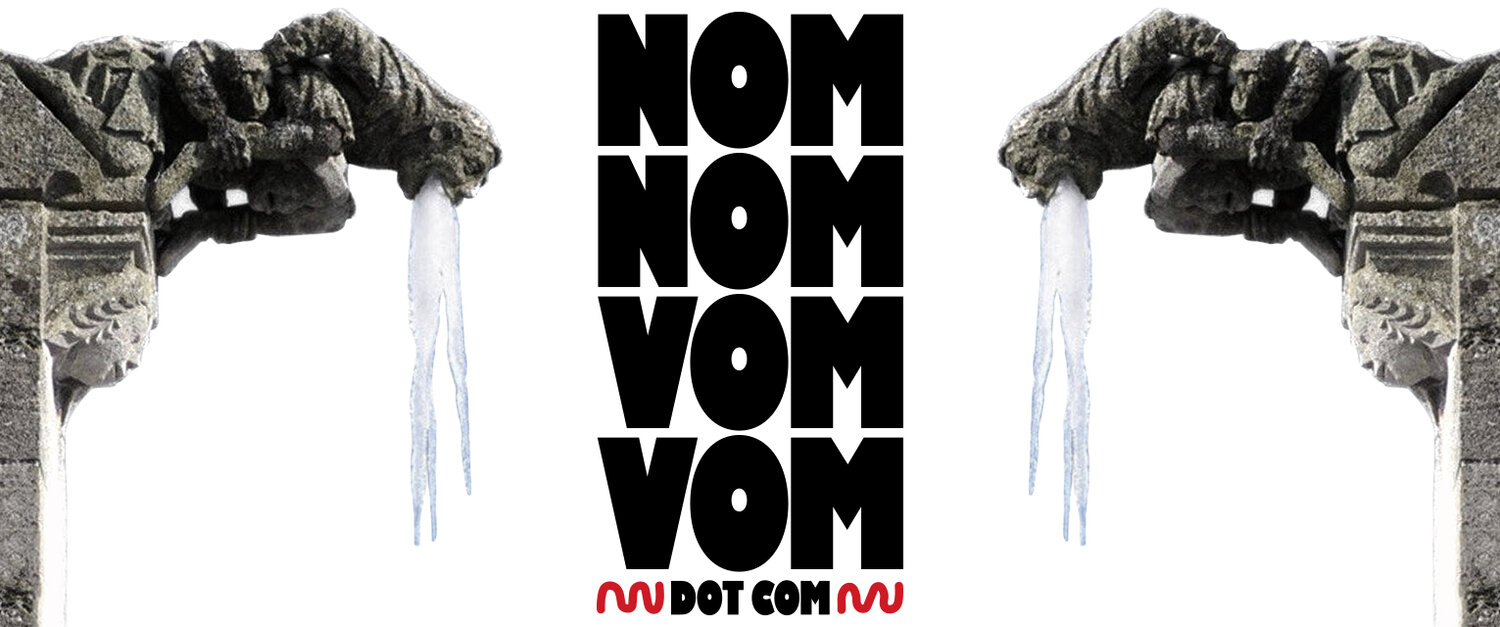On stained tableware
Should I be concerned about water stains on restaurant silverware and glasses? Is it soap or bacteria? Both?
Neither. Atop a standard restaurant dishwasher you’ll find three jugs of chemicals. They are
1. Soap
2. “Rinse aid”
3. Sanitizer
Stained tableware is your clue that jug #2 (rinse aid) is empty.
Soap and sanitizer are important for maintaining clean, safe, tableware. If there’s juice in both of these jugs then your flatware— even if it looks stained — is safe to wield over food.
So what are those streaky droplets and where do they come from? These are the harmless mineral traces that characterize what’s known as “hard water.” You probably know a guy who can mansplain “hard water” to you but I am not that guy. Anyway, “rinse aid” offsets the clouding and staining effects of trace minerals on tableware. You may have grown up with a squeeze bottle of the stuff under the kitchen sink if your mom was the type of classy chick who loves a sparkly wine glass for her afternoon Pink Zin.
The only “rinse aid” I need—am I right, ladies?
But rinse aid comes with a hefty price tag. A Dallas-based chemical salesmen once tried to sell me industrial rinse aid at the discounted subscription rate of $48/gallon. This has to be the greatest scam since printer ink. Our manufacturing facility didn’t directly serve customers, so why would we be concerned about water stains on our utensils? But we were funded with venture capital and I became increasingly worn down by the siren song of his chemical-slinging Texas drawl. In the end I may have bought a pallet or two. I’m only human.
Anyway, don’t be alarmed by clean tableware marked by water stains. It’s aesthetically disorienting (if you’re anal) but safe.
+++++

